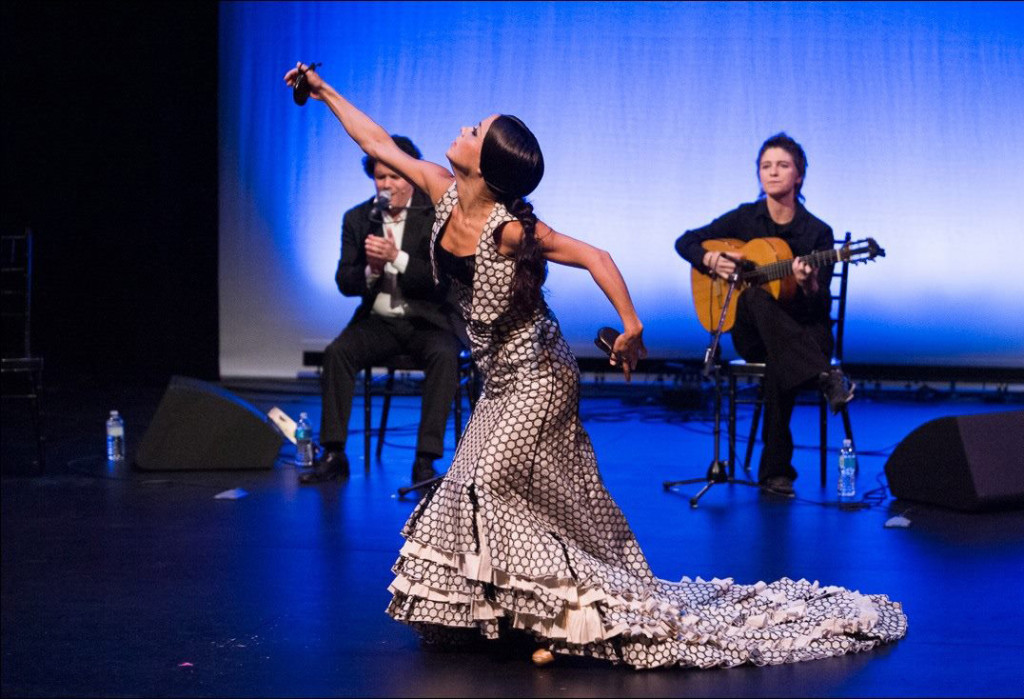Flamenco Festival blends dance and visual art
By Rachel Woodward, September 24 2015 —
The Calgary International Flamenco Festival is returning to town for a fifth year to showcase Flamenco dance and culture at venues across the city from Sept. 27–Oct. 3. With dancers coming to town from Spain and local artists rounding out the schedule, the festival aims to expose Calgarians to Flamenco culture. Artistic director Fiona Malena is thrilled that the festival has reached its milestone fifth year.
“It’s a very special opportunity to see flamenco because it’s something quite new to the city,” Malena says. “It’s such a dynamic cultural art form that it draws people who are interested — not just in the artistic aspects, but the cultural aspects as well. It’s multi-disciplinary, so I think it appeals to a lot of people in that sense. You get a really heavily visual show. It’s dynamic and it’s engaging and that’s why audiences keep coming back.”
There are a variety of events taking place at venues throughout the city. The main concert, Arbolé, features Malena and Spanish dancer Karen Lugo and opens the festival on Sept. 27 at University Theatre. And free events like the downtown Flamenco at Noon give more opportunities for casual fans to check out the festival.
Festival organizer Olivia Rocskar particularly looks forward to the community event taking place at the Jam Evening Oct. 3 at Cafe Koi.
“It’s just a way of connecting with the community, not only to promote Flamenco, but also to give back to the arts,” she says.
Workshops are offered throughout the festival, and lessons will be taught for all levels of dancers. Advanced students will be given the opportunity to work with guest artists coming from Spain, while beginner lessons are taught by local teachers.
Another feature of the festival is the Flamenco Art Exhibition, taking place at the Van Ginkel Art Gallery in Inglewood. Rocskar is excited about the combination of performance and visual art.
“Art isn’t just about performance. It’s also the visual arts, so the greater connection we can make is more beneficial to the community and to propagate Flamenco and to have that exposure,” Rocskar says.

